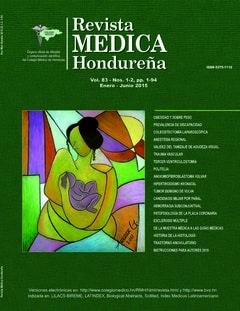Pathophysiology Of The Vulnerable Atherosclerotic Coronary Plaque And Acute Coronary Syndromes
Keywords:
vulnerable plaque, acute coronary syndromes, diagnostic methods, acute myocardial infarctionAbstract
Atherosclerotic plaque rupture is responsible for two-thirds of acute coronary syndromes (ACS) and sudden cardiac death. Thin-cap fibroatheroma (TCFA), which is characterized by the presence of a large lipid pool with overlying thin fibrous cap measuring <65 μm, is recognized as a precursor lesion of plaque rupture. Coronary artery disease (CAD) is responsible for 38% of all deaths in U.S.A and is the leading cause of death in men under age 65 in Europe. The CAD progression includes chronic and stable coronary syndromes (SA), acute coronary syndromes (UA/AMI), congestive heart failure, sudden death from cardiovascular nature and silent ischemia. The more obvious characteristics that help us to distinguish among patients with acute coronary syndromes from those with stable CAD are: 1) complex coronary stenosis; 2) fissured coronary plaques; 3) acute thrombosis; and 4) plaque inflammation. Shift from asymptomatic and stable lesion to fissured and unstable plaque involve many complex mechanisms. The authors’ aim is to review, in a critical way, the newest literature about vulnerable atherosclerotic coronary plaque mechanisms of development and rupture. We also will review the vulnerable patient concept, their diagnostics tools (currents or experimental) and perspectives of treatment options.
Downloads
391




